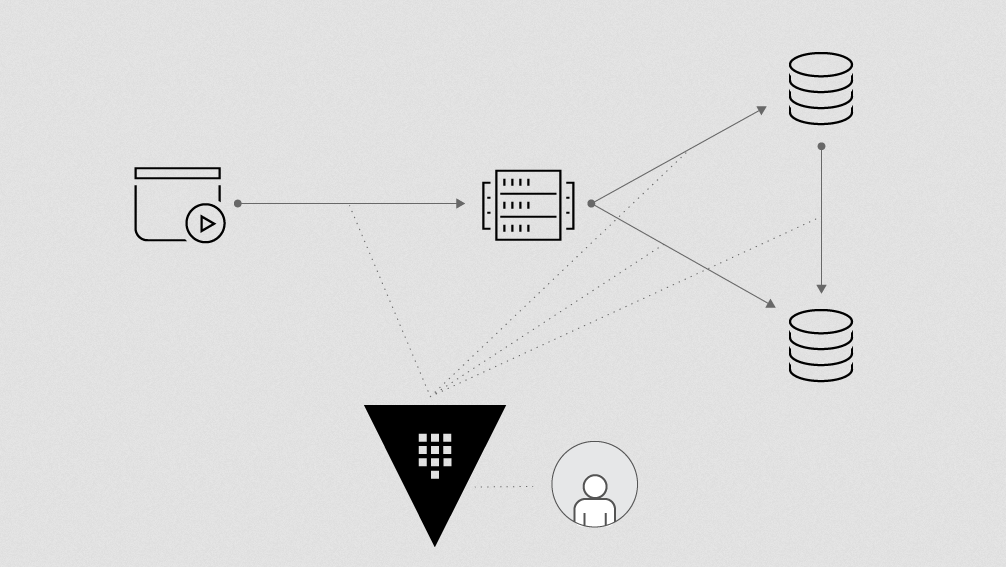Zero Trust Security with Boundary and Vault
In cloud environments, resources often reside in private networks. In traditional approaches, for developers or operators to access these resources, organizations often end up with VPNs or bastion hosts. Moreover, they also use static credentials for accessing these applications. But this approach has many challenges like scalability and eventually increases the attack surface. In this context, I’ll discuss how HashiCorp Boundary and Vault come to the rescue and how their integration helps us achieve the core fundamental of zero trust security: “Trust Nothing. Authenticate and Authorize Everything.
In cloud environments, resources often reside in private networks. In traditional approaches, for developers or operators to access these resources, organizations often end up with VPNs or bastion hosts. Moreover, they also use static credentials for accessing these applications. But this approach has many challenges like scalability and eventually increases the attack surface.
In this context, I’ll discuss how HashiCorp Boundary and Vault come to the rescue and how their integration helps us achieve the core fundamental of zero trust security: “Trust Nothing. Authenticate and Authorize Everything.



